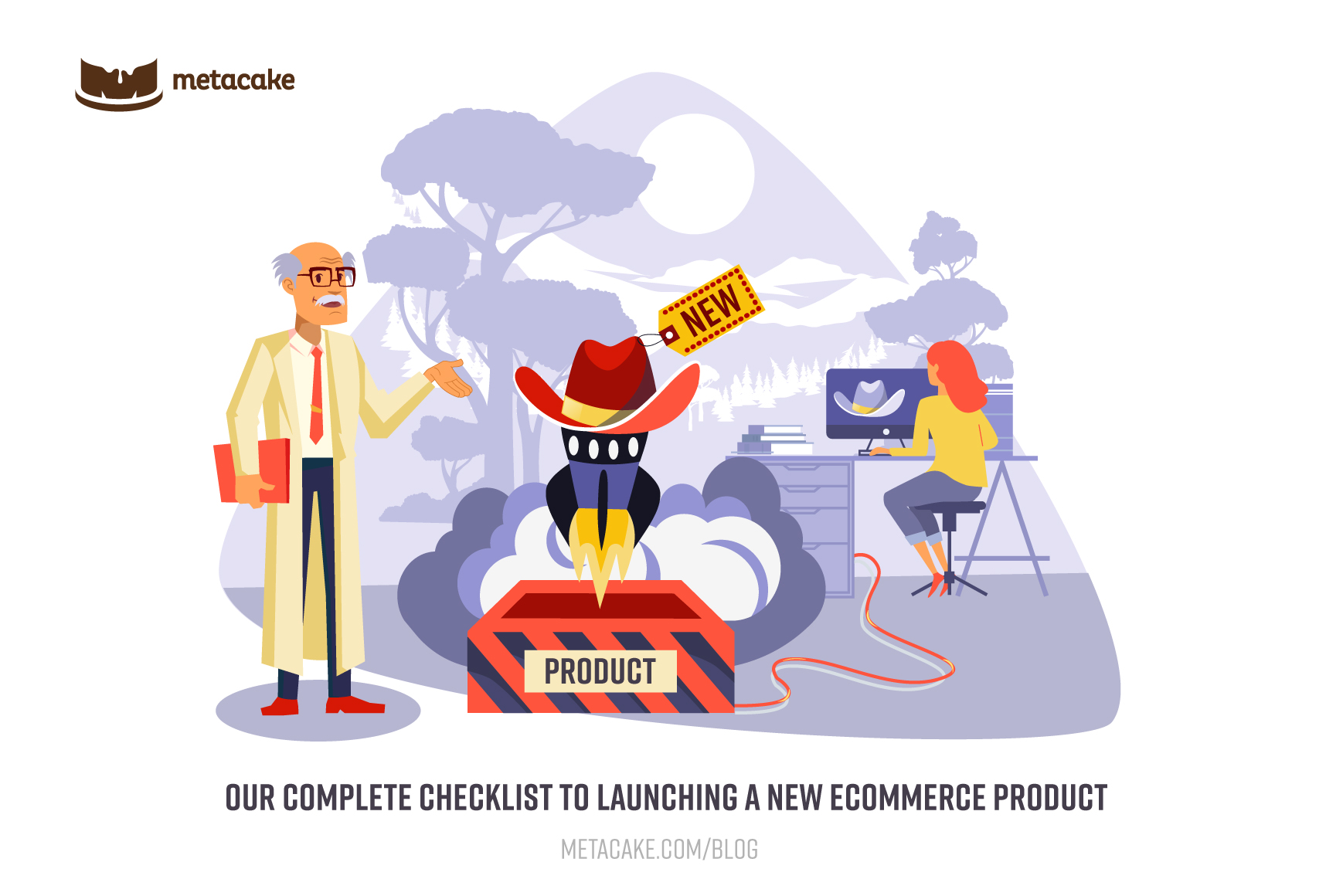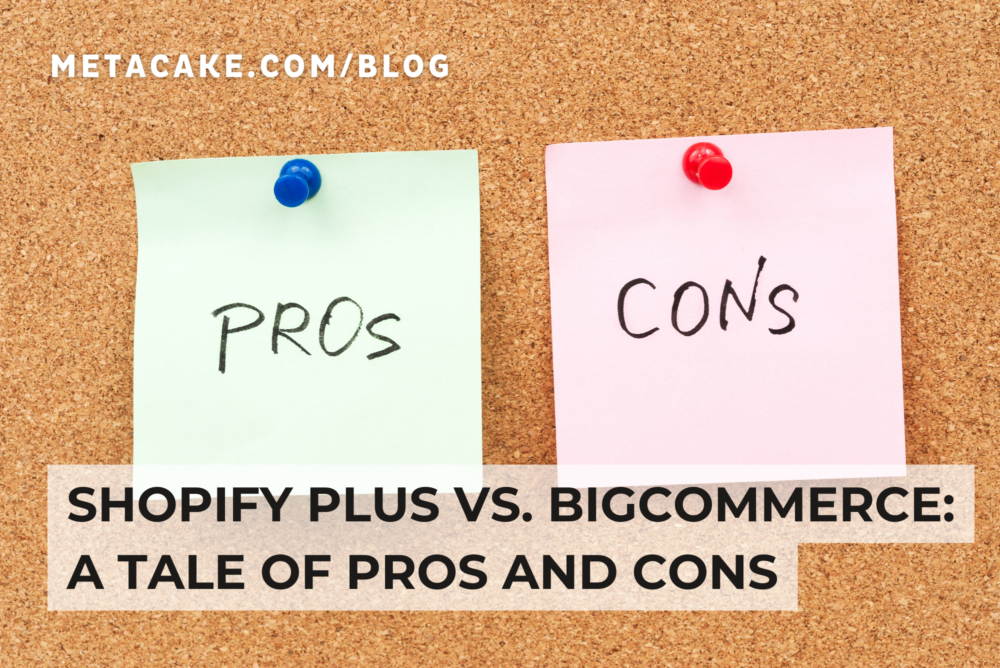
Our Complete Checklist to Launching a New Ecommerce Product
If you’re launching a new ecommerce product, here’s the bad news: there is no holy grail or silver bullet that can absolutely guarantee success. There is always risk in launching a new product.
Success takes experience, skill, substantial financial resources, a great plan, and agility (adapting quickly as you figure out what’s working and what isn’t).
But here’s the good news: we’ve launched hundreds of products for some of the world’s most successful brands and we’re sharing our playbook, our complete checklist, to launching a new ecommerce product. This is the list of items we walk through every time we are considering or planning a new product launch. While it doesn’t guarantee success, this strategic plan gives you the best possible chance.
Prerequisites to Launching a New Product
Before you even consider launching a new product there are a few critical elements that you need to have in place first:
1. A great product
There is no ecommerce success without a great product that customers will not only buy, but also love so much they’ll rave about it to their friends.
2. A defined audience
Dial in who your ideal customer is so you can market to them appropriately.
3. A defined product message & promise
It’s absolutely necessary to define your product messaging, its promise, story, features, and benefits before handing it over to the marketing team. You must have a unified message that is then disseminated across channels. This is the best chance for success and the best way to ensure your brand is cohesive everywhere.
4. Great customer service that will stand behind that promise
Customer service has a critical job: creating positive experiences that turn customers into fans.
5. An ecommerce site that converts
Don’t reinvent the wheel here. Follow best practices and use a proven platform like Shopify Plus. The point is to have the platform do its job, so you can do yours. We’ve discussed the benefits of various platforms (Shopify Plus vs BigCommerce Enterprise and Magento vs Shopify Plus) before if you’re interested in reading more.
6. A plan
Not every product is a massive success. Understanding that success depends on product/market fit which may or may not be there. Being able to adapt quickly is key.
7. A budget
Let’s just be honest, you need to have a defined budget and resources set aside to launch a product. I don’t know who’s running around telling people that you can launch a successful product with $0 spent in marketing, but it’s simply untrue. A good rule of thumb is this: expect to spend at least the same amount on marketing your product towards critical mass as you spent developing your product.
New Product Launch Checklist
Whether you’re a new brand launching a product or an existing brand releasing a new product to your existing audience, the steps for an awesome launch are largely the same.
1. Make Sure You Have a Haymaker Offer
You must launch your new product with an irresistible offer that your potential customers cannot refuse. Get creative. Your haymaker offer could be a free trial, a massive discount, a free gift with purchase; the possibilities are endless. For more on this, check out our 3 keys to an irresistible offer.
2. Develop Trust & Legitimacy
Developing trust is our main challenge with a new product. This is easier if you have an existing brand reputation to stand on, but regardless, the new product doesn’t have any credit, social proof, or track record. Work to gather some testimonials, social proof, or customer reviews to help convince potential customers that your new product is worth it and will deliver on its promise. Money back or satisfaction guarantees also go a long way here.
3. Create Impact & Intrigue
This is essential for your marketing copy. In order to get people to click through on your ads and learn more, you must create impact and intrigue, with both marketing visuals and messaging. You can be funny, flashy, gaudy, serious, you name it, but one of the best ways to be memorable is by eliciting emotion. The specific tone will depend on your brand voice, but make sure to lead with a big headline or a hook that your audience can’t resist. For more on this, check out our guide on how to write magnetic ads people actually click.
4. Develop Your Paid Ad Strategy
If you’re like most brands, the majority of potential customers for your new product will come through paid ads. However, don’t fall into the trap of thinking that these paid ads will directly lead to a sale on the first click. This shouldn’t be the goal. The goal is to simply start a conversation. That’s it.
A sale is a big milestone. You have to start with small wins along the path to conversion to build momentum. Start with shooting for a like, share, comment, or click and then work to retarget users from there. If you’re looking for more guidance in this area, check out this info-packed guide to Facebook and Instagram advertising.
5. Use Influencers to Promote Your Product
Using influencers helps establish legitimacy for a new product especially in the early stages. Reach out to influencers that have a similar following as your target audience, send them your product, and ask them to talk about it. Make sure to provide them with a unique haymaker offer to share with their audience as well.
There are also paid influencer options that a PR team can help you manage. However, the grassroots approach is often the best route if you can find influencers that genuinely like your product.
Pro Tip: Rather than targeting the top influencers in your space, your efforts are better spent with a larger number of micro-influencers.
6. Make PR Part of Your Strategy
These days, a lot of new brands aren’t interested in paying for PR because the results aren’t quantifiable. We live in the digital age where you can directly see the ROAS in every online channel. With PR, you cannot directly link your mentions to sales.
But new products and new brands need PR. It helps build reputation, both directly through press hits and indirectly, providing you with elements to use on your site. Displaying snippets like “as seen in XYZ magazine” on your website and in your ads will help build confidence in your product.
That being said, it is hard to find an effective PR company, especially within the ecommerce space. Reach out to us if you want to learn more. We’d be happy to connect you with PR companies that are great at what they do.
7. Set the Mousetrap
Your website is the mousetrap. This is a critical element of a new product launch because it’s where your audience will make the final decision on whether or not to purchase. However, your site it not all about the purchase. Just like with your ads, go for small wins. Visitors may come to your site several times before they make a decision.
Make sure to have tracking pixels setup for all key events and for all marketing channels so that you can track what’s working and what’s not. Then optimize your marketing and your site over time. These tracking pixels will also make it possible for you to retarget potential customers that don’t make a purchase based on their site activity.
You should also use your site to build legitimacy. Tell your story and develop meaningful content about your brand and your product that adds value to your customers. A good way to figure out what content to feature on your site is to ask your customer service for common inquiries. And don’t forget to feature your haymaker offer prominently and make sure there is urgency around it. This will encourage potential customers to take action now!
8. Follow Up with Multi-Faceted Email Strategy
If you are an existing brand, you likely have a primed list of current customers to email with an announcement of your new product. You should identify your most engaged customers and use them to launch your product. Leak exclusives out to them and have them give you feedback. You may even consider using them earlier in your product development cycle to help you decide on your next product.
If you are a new brand, you’ll need to look at a partner list. This will likely be a list that you’ll need to pay for, but seek out brands with similar audiences, just like with influencers. Find brands that don’t compete with you, give them an offer they can send to their customers, and offer them a commission or referral fee for any sales coming from their list.
In addition, make sure to collect email addresses on your site and set up automated email sequences for abandoned cart, pre-purchase, and post-purchase. We’d recommend using Klaviyo. It integrates seamlessly with Shopify, passing all ecommerce data, and automatically creates audience segments to help make the most of your ecommerce list.
A Few Final Tips
Make sure to list your product on Amazon. Many people use Amazon as a discovery engine to find and compare products. If you aren’t selling here as a channel, you’re missing out on many potential new customers. For more tips on selling on Amazon, check out our post How to Compete with Amazon and Win.
Kickstarter is another great element to add to your launch strategy. Even if you don’t need Kickstarter for funding, it’s a great way to start creating buzz around your product.


